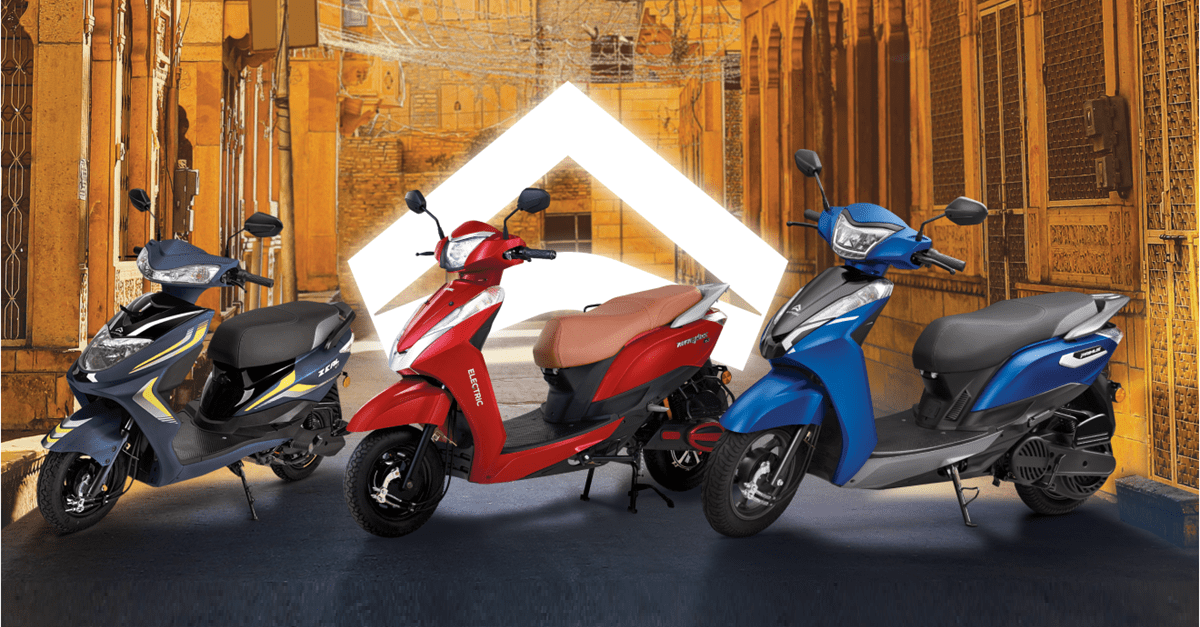
/
September 13, 2021
/
#
Min Read
Big-Rigs May Win the Race for Autonomous Vehicles
Ever since a radio-controlled car drove through the streets of Manhattan in the 1920’s, inventors have been chasing the dream of an autonomous—that is self-driving–car. Nearly a century later, Toyota and Lexus offered the industry’s first self-parking option in 2003, a tangible but small sign that autonomous tech could live up to that dream.
Currently, nearly every car maker from Audi to Volkswagen offers some rudimentary autonomous features on some models, such as adaptive cruise control, lane-centering or emergency braking, while expressing the ambition to make their self-driving cars widely available by 2025.
But research published this month by the Victoria Transport Institute, a Canadian think-tank, is pumping the brakes on those predictions, suggesting that it will be 2045 before half of all new cars are autonomous and 2060 before they represent half of the cars on the road. There are more stages of autonomous technology to come, the study notes, before it can handle the complex task of urban driving.
In short, autonomous technology may have mastered parallel parking but it is still in Driver Ed, learning how to handle driving on snow and ice, in congested traffic, in confusing street patterns and in areas where internet service is spotty.
But while most public attention has been focused on the progress of autonomous technology in cars, the trucking industry is rolling in the fast lane, working to develop self-driving systems that meet the SAE’s highest technical Level 4 and 5 standards that require minimal or no driver involvement.
In California, there are about a half dozen companies with permits to test completely driverless autonomous systems for Class 8 freight haulers, but not yet on public roads. But outside of California, there are 18-wheeled research labs racking up miles on high volume freight routes from Florida to the Southwest, although with a driver in the cab as a safety measure.
Investors have placed their bets with the eight start-ups focused on self-driving trucks, investing $1.4 billion over the last five years that autonomous driving will make fast progress toward widespread use, according to the consulting company Deloitte.
As we all saw during the pandemic, overnight shipping is a draw for consumers and 72 percent of those goods were shipped by truck, according to the American Trucking Association, creating annual revenues of $791 billion; revenue that will grow as online shopping increases. Research suggests that self-driving technology could increase the trucking industry’s profits by cutting per mile costs by up to 30 percent by improving efficiency, safety and fuel economy and reducing labor costs.
Three quarters of the miles driven by the trucking industry—the so-called middle miles–are on interstate highways without the traffic congestion, cross-street traffic, pedestrians and other obstacles that make life difficult for driver-assist systems in passenger cars. That makes them prime candidates for autonomous driving technology, while allowing humans to drive the more complex first and last miles of local delivery, perhaps from transfer hubs at strategic locations.
Self-driving technology can also provide stability to an industry that is struggling to retain talent and suffers from high turnover among human drivers as the long days, relatively low pay and ill health effects associated with long-haul trucking take a toll on the workforce.
The benefits of autonomous systems extend beyond driving the truck. Doubling the miles a truck can cover in a day by running 24 hours can alter the location of distribution centers, require fewer transfer hubs and could lead to more efficient routes. Data logged by an autonomous system could record fuel mileage, calculate taxes as trucks move across state lines, plan preventive maintenance and allow distributors to track shipments or redirect them while the truck is on the road.
Industry experts believe it still may take a decade or more before completely self-driving big rigs are feasible and that they will initially be introduced in the Southern and Western regions of the country where road conditions are easier to navigate and freight volumes will justify the cost.
But in the race to develop practical on-the-road driverless autonomous systems, the 18 wheelers just might outrace their smaller, four-wheeled competition.
Though still evolving, the promise of autonomous commercial fleets holds great potential for how our society will move important goods and services from point A to B in the future. As a key supplier of connected vehicle products to innovative OEMs, Sibros’ platform helps commercial vehicle manufacturers accelerate their journey to connected vehicle success with deep, safe and secure OTA software updates, data logging, fleet management, remote diagnostics and beyond. Contact us to learn more.





-min.png)



